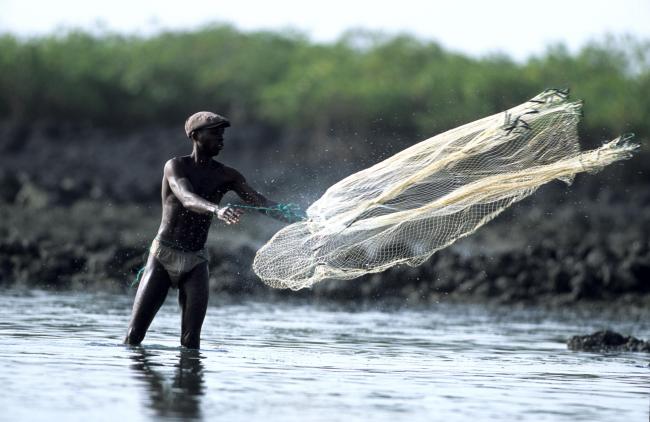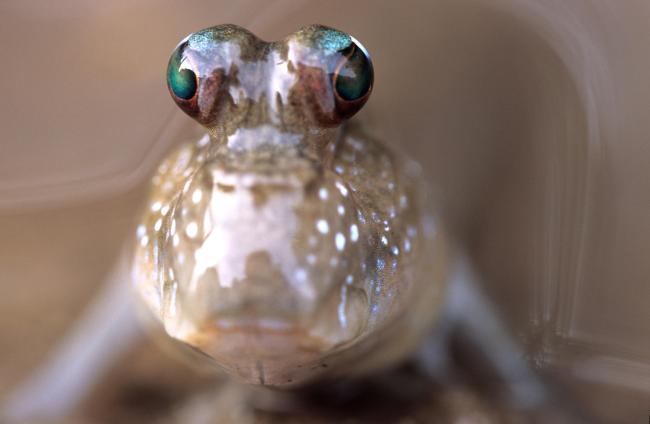Archipel Bolama-Bijagós
Archipel Bolama-Bijagós
- Pays:
- Guinée-Bissau
- Numéro du site:
- 2198
- Superficie:
- 1,046,950.0 ha
- Date d'inscription:
- 14-01-2014
- Coordonnées:
- 11°14'20"N 16°02'26"W
Carousel
CarouselLe matériel présenté sur ce site web, et en particulier les cartes et l’information territoriale, est tel qu’il apparaît dans les données disponibles et n’implique en aucune manière l’expression d’une opinion quelconque de la part du Secrétariat de la Convention de Ramsar concernant le statut juridique de tout pays, territoire, ville ou zone, ou de ses autorités, ou concernant la délimitation de ses frontières ou limites.
Archipel Bolama-Bijagós. 21/01/14; Bolama Region; 1,046,950 ha; 11°14’N 16°02’W. Biosphere Reserve. The archipelago has the only active delta islands in the Atlantic Coast of West Africa. The intertidal mudflats host one of the largest populations of migratory shorebirds in the world (with over 870,000 recorded in 2001) on the East Atlantic flyway. Visitors include the Eurasian Curlew (Numenius arquata), Curlew Sandpiper (Calidris ferruginea), Eurasian Oystercatcher (Haematopus ostralegus) and Red Knot (Calidris canutus). The influence of coastal upwelling and estuaries and the large areas of mangrove support the reproduction and early growth of a large number of fish species. The site hosts the largest colony of green turtles (Chelonia mydas) in Africa, and provides a habitat for over 15 vulnerable species including the Hippopotamus, West African Manatee (Trichechus senegalensis), Timneh Parrot (Psittacus timneh), Atlantic Humpbacked Dolphin (Sousa teuszii), Leatherback Turtle (Dermochelys coriacea) and Green Turtle (Lepidochelys olivacea). The archipelago is also a source of livelihoods for over 32,000 inhabitants, who use some areas for rice farming, palm plantations and subsistence fishing, and the others for cultural and spiritual purposes. The main threats facing the site are overfishing, tourism and ongoing offshore oil exploration and bauxite mining in the neighbouring regions. Ramsar Site no. 2198. Most recent RIS information: 2014.
Région administrative:
Bolama Region
Global international designation:
- Bien du patrimoine mondial
- Réserve de biosphère de l'UNESCO
Inscription légale nationale:
- National Park - Parc national des îles d’Orango et du Parc national marin João Vieira-Poilão
- Protected Area - l’Aire Marine Protégée Communautaire des îles Urok
Date de dernière publication:
14-01-2014
Fiche descriptive Ramsar (FDR)
- GW2198RIS.pdf
- GW2198map2014.pdf
- GW2198_taxo160913.docx
- GW2198_taxo160913_1.docx
Carte du site
Rapports et documents complémentaires
Taxonomic lists of plant and animal species occurring in the site
Other published literature














